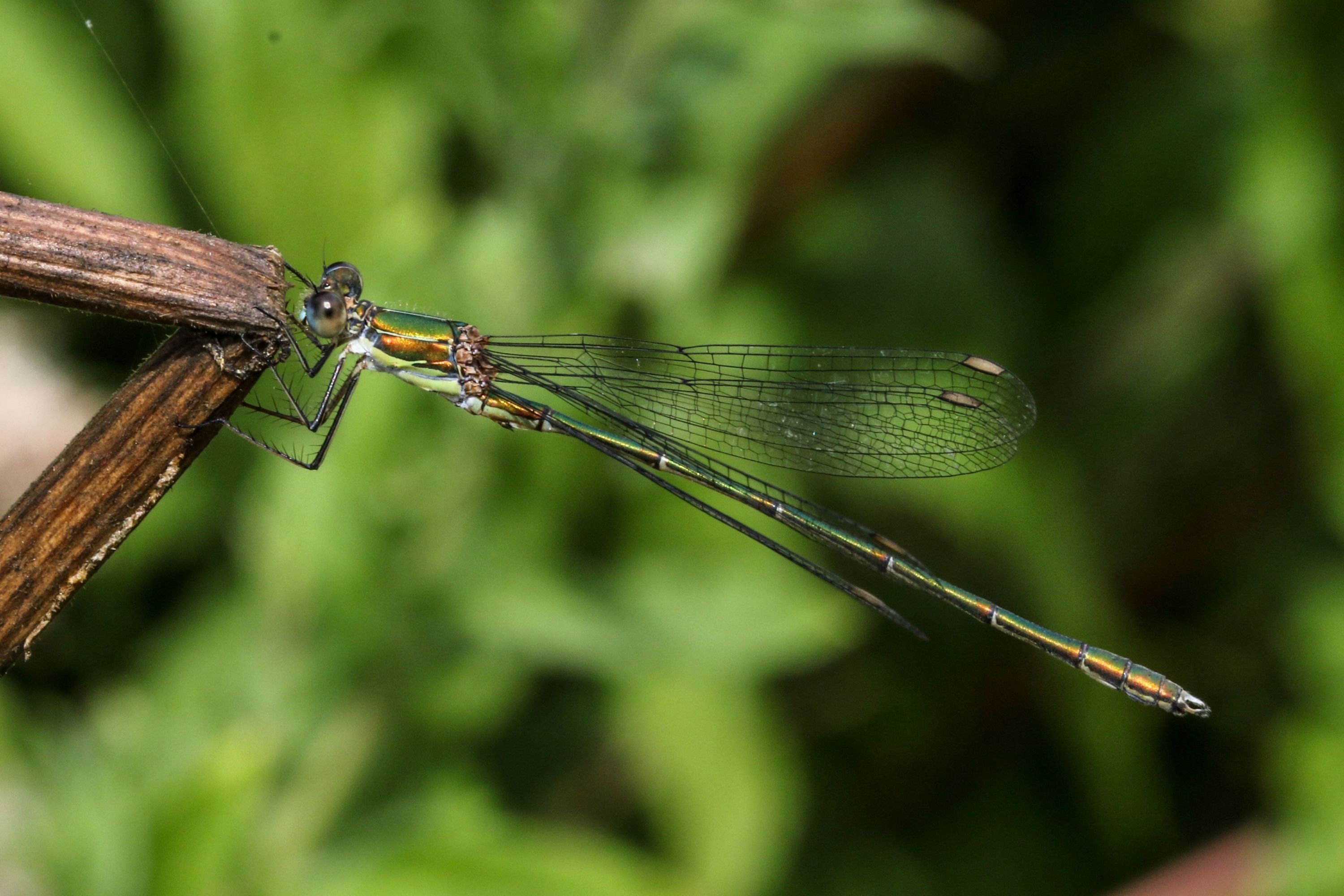Norfolk damselfly
(Coenagrion armatum)

Description
Norfolk damselfly or dark bluet (Coenagrion armatum) is a species of blue damselfly of the family Coenagrionidae. This species acquired its common name from its discovery in 1903 and presence in a very restricted area of the Norfolk Broads. Records came from Sutton, Stalham, and Hickling Broads. At first glance, this damselfly may resemble a blue-tailed damselfly or a red-eyed damselfly more than a typical Coenagrion species. Both sexes have a distinctive black abdomen with coloured segments at both the base and the tip. Males have very large appendages that distinguish them from similar species. This damselfly was lost from its British sites due to natural succession from open water to dry reedbeds. It breeds in ponds ditches and slow rivers with open helophyte vegetation and a good water quality. It is less critical in northern and eastern Europe Its breeding biology is poorly known. Eggs are laid in the stems and leaves of aquatic plants. The larvae live amongst aquatic plants and probably emerge after one year. It was recorded in Britain from late May to late July. The current populations in Western Europe fly earlier and peak in early May. Males perch on floating leaves. It is a strong-flying damselfly. It is found from Northern and Eastern Europe eastwards to Siberia and Mongolia. It was believed to be lost in the Netherlands in the 20th century but was rediscovered there in 1999. The species was formerly recorded as a breeding species in Britain, in Norfolk. It was last recorded in 1968. Since its main range is from the Baltic area eastwards, the likelihood of recolonisation in Britain seems low. Coenagrion is a genus of damselflies in the family Coenagrionidae, commonly called the Eurasian Bluets (although three species are found in North America: Coenagrion angulatum, Coenagrion interrogatum, and Coenagrion resolutum). Species of Coenagrion are generally medium-sized, brightly coloured damselflies. This genus's capacity for phenotypically plastic responses to the surface air temperature is important to species' ranges. These thermal responses will also decide a great deal of these species' responses to climate change. Nilsson-Örtman et al., 2012 find a high degree of thermal adaptation in high latitude populations of Coenagrion. They found similar plasticity even for various sympatric species at the same locations, and despite the highly variable weather at such latitudes.
Taxonomic tree:







